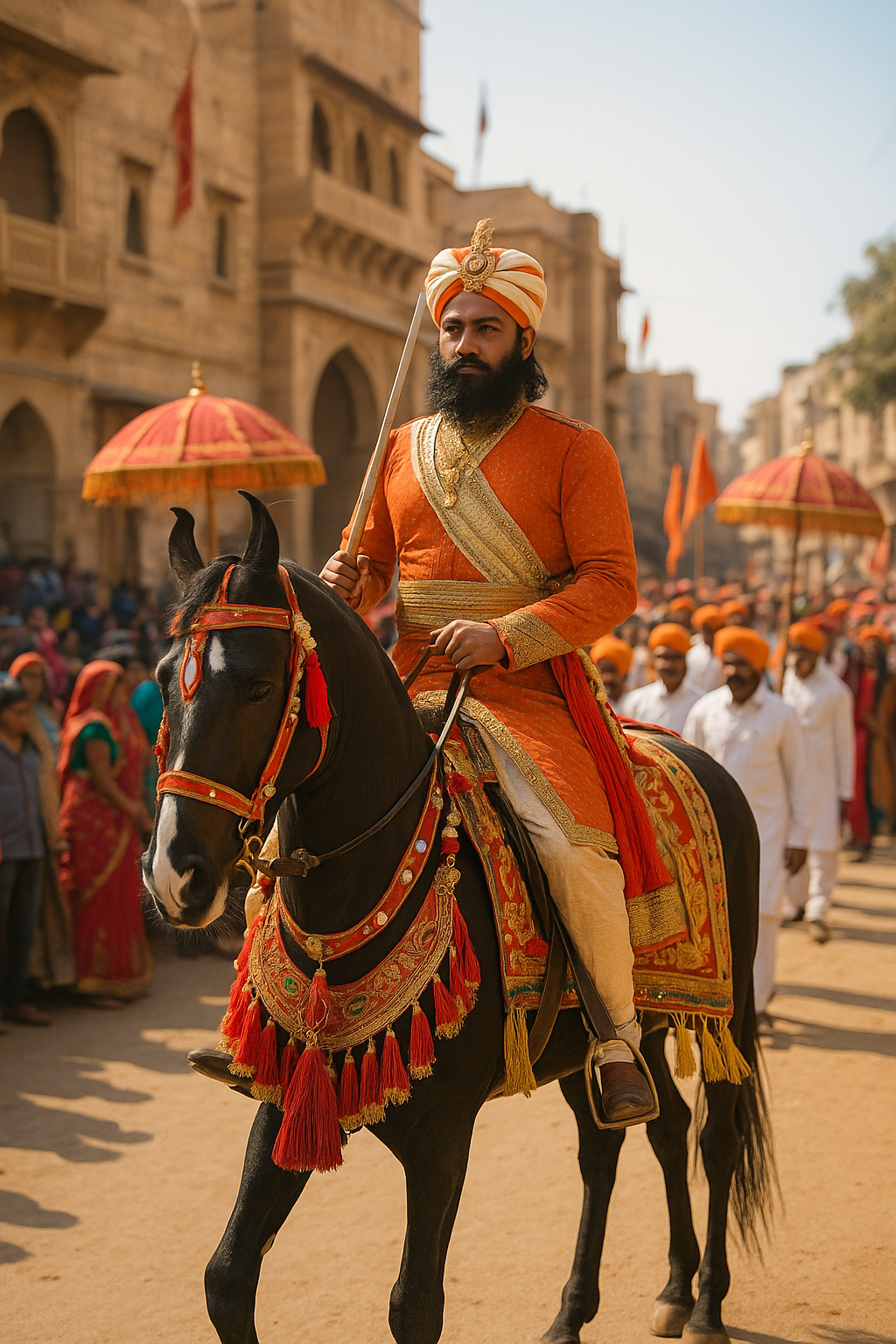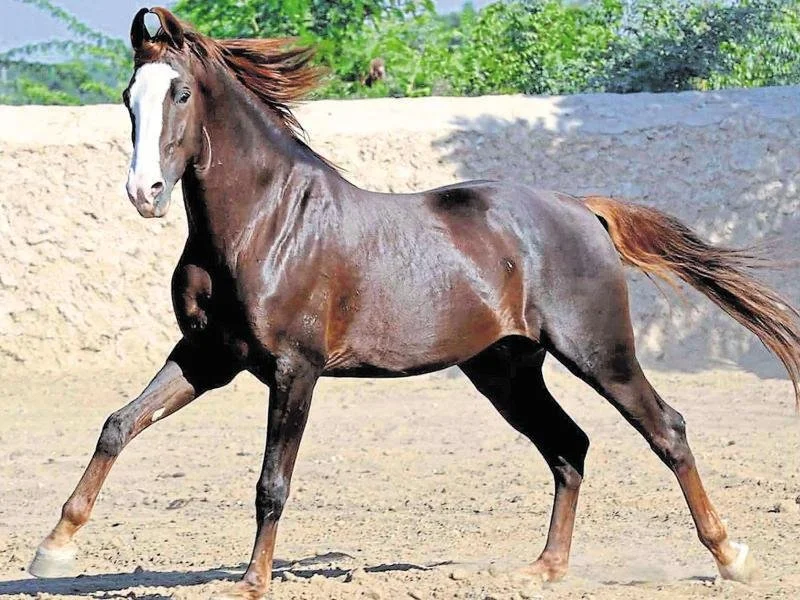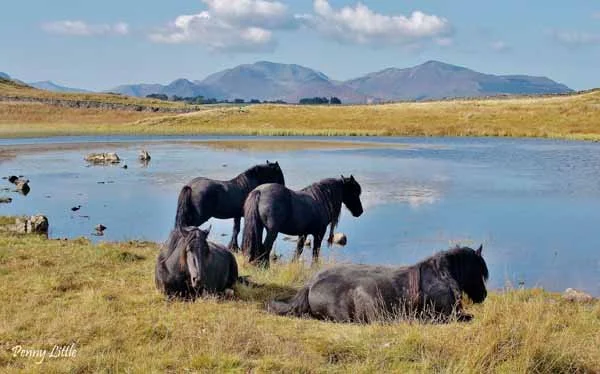
The Marwari : Built for the Desert, Bred for Loyalty
Introduction: Distinctive and Functional
The Marwari horse stands out for one obvious reason: its curved ears. But there's more to this desert horse than looks.
Originally from Rajasthan, this is a working animal with a long history tied to survival, battle, and tradition.
If you're interested in horses that are bred for tough conditions and deep loyalty, the Marwari is worth knowing.
The Marwari horse and its famous curved ears
History: Bred for War, Built to Last
The Marwari was developed by the Rathore warriors in what’s now Rajasthan. These horses were expected to be reliable under pressure — brave enough to face combat and smart enough to find their way home if the rider didn’t make it.
During British rule, the breed fell out of favour and nearly disappeared. Thanks to a few dedicated breeders and locals, it’s still around today — and making a quiet comeback.
Marwari in traditional tack
Physical Traits: Made for Tough Country
The Marwari typically stands between 14 and 15 hands high (about 142–152 cm), though some individuals reach up to 16 hands. They have a lean, athletic build with an arched neck, deep chest, long back, sloping croup, and small but durable hooves suited for hard ground.
The most recognisable feature is their inward-curving ears, which often touch at the tips.
The breed’s natural ambling gait, called the “rehwal,” provides a smooth ride over distance — useful for desert travel.
Coat colours vary and include bay, grey, chestnut, palomino, and occasionally piebald or skewbald. Grey horses are considered especially auspicious in Rajasthani tradition..
Liver chestnut Marwari horse
Tack and Riding Style
Traditional Marwari tack is simple, practical, and adapted to long rides in open terrain.
The saddle type most associated with the breed is the “Sawar” or “Sowar” saddle — originally a cavalry design, lightweight and built for comfort and endurance.
It’s typically used with a basic pad and girth system. Bridles are often English-style in modern use, especially for trekking and tourism.
In ceremonial settings, tack may include decorative cloths, silver accents, and locally crafted leatherwork.
A standing martingale is sometimes paired with a neck strap made from a traditional cloth pugaree. While some riders switch to Western gear for convenience, there’s a growing effort to retain traditional fittings, especially in heritage-focused stables.
.
Marwari horse in traditional tack
Current Status: Holding Their Ground
Marwaris aren’t widely known outside India, partly due to export restrictions. But within India, especially in Rajasthan, they’re gaining interest again.
Heritage stables in Jodhpur and Udaipur offer guided rides and breed education. Conservation groups are working to protect the bloodlines and promote responsible breeding.
Final Thoughts
I haven’t seen a Marwari in person yet, but what stands out is their balance of practicality and tradition.
These horses weren’t bred for fashion or fads. They were built for function, in one of the harshest climates on earth.
For anyone interested in working horses with strong regional identity, the Marwari is worth a look.
Grey Marwari horse
Marwari horse in national monument









